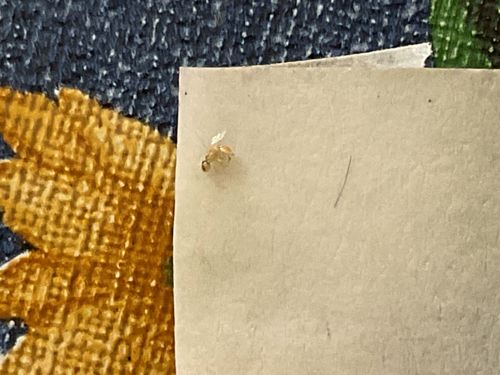Fungus Gnat
Scientific Name: Various genera including Bradysia, Sciara, and Mycetophila
Order & Family: Order: Diptera, Family: Sciaridae, Mycetophilidae, or Bradysia spp.
Size: Adults are typically 2-8 mm (approx. 0.08-0.3 inches) in length.

Natural Habitat
Fungus gnats are commonly found in moist environments, particularly around potted plants, greenhouses, and areas with decaying organic matter. They thrive in damp soil and high humidity.
Diet & Feeding
Adult fungus gnats typically do not feed or feed on liquids. Larvae primarily feed on fungi, decaying organic matter, and sometimes fine root hairs of plants, especially in moist soil.
Behavior Patterns
Fungus gnats are typically attracted to light and moisture. Adults are weak fliers and often seen resting on walls, windows, and plants. Larvae live in the soil and feed on fungi and decaying organic matter, and sometimes plant roots.
Risks & Benefits
Potential risks include being a nuisance, especially in large numbers. While larvae can damage plant roots (especially seedlings and young plants), they generally do not pose a direct health risk to humans. They can be indicators of overwatering plants. Benefits include aiding in decomposition of organic matter.
Identified on: 8/13/2025